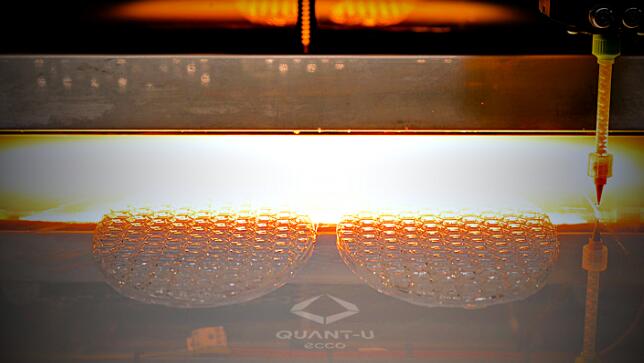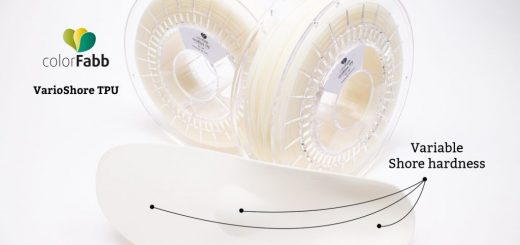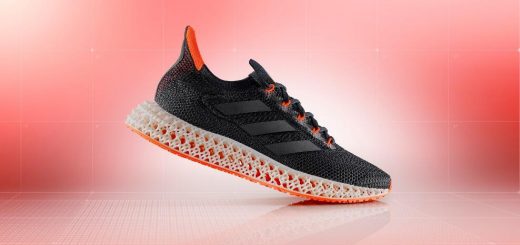ECCO Steps Forward with 3D Printed Custom Silicone Midsoles
German company ViscoTec, which manufactures systems required for conveying, dosing, applying, filling, and emptying medium to high-viscosity fluids for multiple industries, including automotive, medical, and aerospace, is well-known in the 3D printing world for its two-component print head for viscous materials like silicone. The Bavaria-based company, which began working with 3D printing four years ago, employs about 200 people worldwide, and is now putting its print head to the test through a collaboration with Danish heritage footwear brand and manufacturer ECCO.
ECCO, a family-owned business founded in 1963 with factories and subsidiaries in China, Indonesia, Portugal, Slovakia, Thailand, and Vietnam, has a vision of becoming the top premium brand for leather goods and shoes. The latest innovation to be introduced by the Innovation Lab of ECCO is called QUANT-U, an experimental footwear customization project.

QUANT-U relies on three core technologies: real-time analysis, data-driven design, and in-store 3D printing. The project combines these technologies to create custom, personalized midsoles, in just two hours, out of a heat cured two-component silicone.
Most everyone likes personalized products such as shoes, but due to the necessary cost, production time, and expertise involved in making custom footwear, they’re typically not available to everyone. But thanks to ECCO’s partnership with ViscoTec, this is going to change.
In order to specifically coordinate the material properties and the process, ECCO had to rethink its approach to customization, and now plans to utilize ViscoTec’s print head technology and two-component silicone to 3D print customer-specific midsoles for its customers, so each person can enjoy their own tailored fit and comfort.
According to the Innovation Lab ECCO website for QUANT-U, “A midsole is the functional heart of the shoe. It plays a key role in the performance and comfort of your footwear. Two years of research has proven that replacing the standard PU midsoles with 3D printed silicone can tune its inherent properties; viscoelasticity, durability and temperature stability.”
The QUANT-U process has three steps, starting with using scanners and wearable sensors to measure the customer’s feet and build a unique digital footprint. This biomechanical data is then evaluated and interpreted using a sophisticated algorithm, and a unique configuration is generated through structural simulations and machine learning.
This augmented pattern is optimized for each person’s respective feet and activity level by making adjustments to its densities, patterns, and structures, and the final 3D printed midsoles are personalized according to the customer’s own orthopedic parameters for a far more comfortable fit than you’d get with typical store-bought midsoles. Within just a few hours, you’re able to take home your custom 3D printed midsoles, along with your chosen pair of ECCO shoes.
 Thermal cross-linking of the individual silicone layers.
Thermal cross-linking of the individual silicone layers.
By 3D printing the two-component silicone, ECCO is able to optimally counteract the high mechanical stresses we often deal with in everyday life; this is thanks to the midsole’s algorithmic designs combining with the silicone’s unique properties. By utilizing 3D printing, ECCO will be able to fabricate large quantities of personalized midsoles.
Using ViscoTec’s print heads gives ECCO several unique advantages, such as the usage of heat cured two-component silicone and precise 3D printing results, in addition to making sure that the silicone is uniformly mixed in the static mixing tube.
The footwear industry, which often utilizes 3D printing, has been growing fast over the last few years, with its global market expected to reach $371.8 billion by 2020. We often see 3D printed insoles and midsoles available for purchase now, and ECCO’s collaboration with ViscoTec and its unique 3D print head will certainly help keep it in the game.
Sources:3dprint




Recent Comments